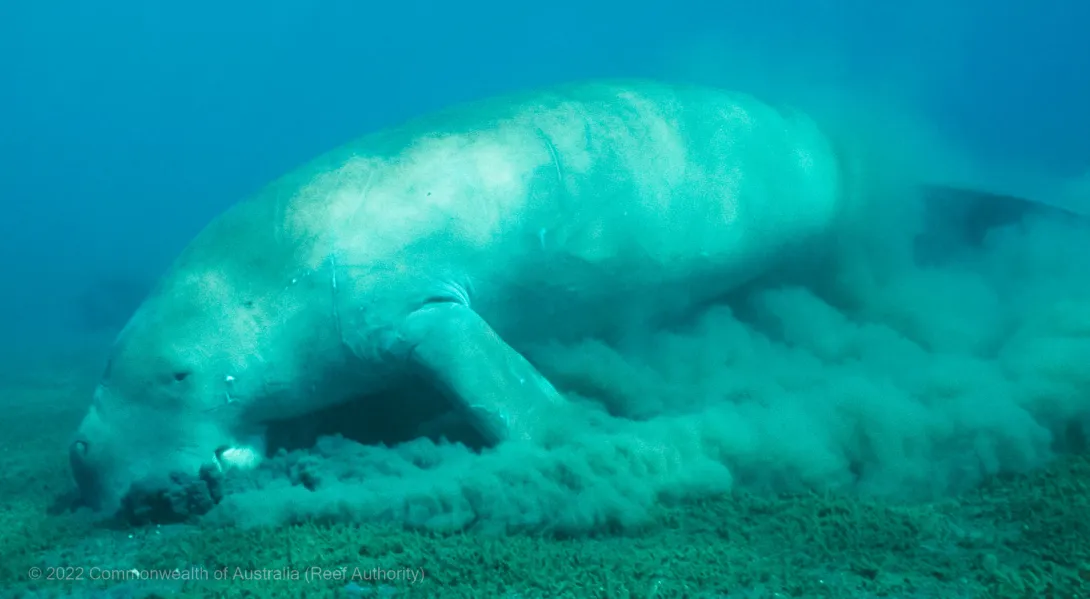The Great Barrier Reef catchment is used for agriculture, urban and industrial development, mining, port activities and island development. While these activities provide many economic and social benefits, coastal developments can have a negative impact on the Reef’s health.
Impacts
Impacts include previous development actions, such as broad-scale clearing of habitats for agriculture, and current actions, such as smaller-scale clearing and reclamation for urban and industrial development.
For example, modifying coastal ecosystems can impact the health of seagrass meadows, which are important feeding and breeding grounds for dugongs and turtles. Land-clearing and permanent structures such as the use of retaining walls can alter water flow and affect the health of local fish species and impede migration.
As Queensland and its industries continue to grow, approvals are sought for major developments along the coast and on the islands adjacent to the Great Barrier Reef Region.
Conservation Act 1999 (EPBC Act)
Under the Environment Protection and Biodiversity Conservation Act 1999 (EPBC Act), the Australian Environment Minister must decide on developments that have the potential to negatively affect the Great Barrier Reef World Heritage Area and Marine Park.
If a development's footprint is wholly within or partly within the Great Barrier Reef Marine Park, the Great Barrier Reef Marine Park Act 1975 also applies.

